Sichuan Conservatory of Music
Sichuan Conservatory of Music
Sichuan Conservatory of Music, whose predecessor was "Sichuan Provincial Drama Education Experimental School" founded in 1939, has experienced such periods as "Sichuan Provincial Music Experimental School", "Sichuan Provincial Technical College", "Sichuan Provincial Art College", "Chengdu Art College" and "Southwest Music College". Later, in 1959, with the approval of the Ministry of Education, it became one of the six professional music colleges with undergraduate education level in China. The school has two campuses and covers an area of more than 1200 mu. It has 30 teaching departments and 18 research centers. It is one of 11 independent professional music institutes in China, with more than 16,000 students and 2,000 on-the-job teachers and staff.
1. [College has beautiful environment and complete facilities]
Jinjiang spring comes to heaven and earth, ancient Shu charm in Xindu. Jinjiang Campus is located on the Bank of Jinjiang River in Wuhou District, central Chengdu City, covering an area of more than 120 mu. Xindu Campus is located in Xindu District, Chengdu, one of the birthplaces of ancient Shu, covering an area of more than 1000 mu. The school has dozens of concert halls, rehearsal halls and concert halls. It has standardized modern stadiums and swimming pools, which can meet the needs of teachers and students in teaching and exercise. The Library covers an area of 17 179_and has 1.55 million copies of all kinds of books (including paper, electronics, audio and video, etc.). It is one of the libraries with the largest building area and the largest collection of books in the libraries of art colleges and universities in China. The school history exhibition hall and southwest minority musical instrument exhibition hall have rich collections and distinct characteristics. The school has also jointly built a "national cultural quality education base for college students" with three universities in the province, which has become an important force for quality improvement and cultural prosperity.
2. [Firm the orientation of running a school and focus on personnel training]
The orientation of the school is: to build a professional art college with music education as the main body, art, dance, drama, film and television, media art, art theory and other professional education as the comprehensive and coordinated development; to establish a development model combining application-oriented with teaching-research-oriented, with undergraduate education as the main body, and to expand postgraduate education. Strengthen traditional and advantageous disciplines, create and optimize key disciplines, actively expand new and interdisciplinary disciplines; focus on training high-quality, sophisticated and top-notch art talents with certain influence at home and abroad, and vigorously cultivate applied talents with strong adaptability and excellent technical level. The school has a well-organized "Sichuan Acoustic Symphony Orchestra" and "Sichuan Acoustic Ethnic Orchestra" and "Sichuan Acoustic Chorus", which have a wide influence both inside and outside the province, and the only professional operation in music colleges and universities throughout the country. In addition, there are "Chuanyin Student Orchestra" and "Chuanyin Secondary School Student Orchestra" which provide students with artistic practice.
3. [Insist on teaching as the center and improve all levels of education]
The school takes teaching as the center and actively develops all levels of education. At present, there are three disciplines at the undergraduate level: art, management and engineering. There are 8 disciplines and 29 disciplines (126 professional directions). In 1986, the school acquired the right to grant master's degree in music and dance, art and art theory, and now has the right to grant master's degree in three first-level disciplines; in 2005, the first batch of master's degree in art (MFA.) approved by the Academic Degree Committee of the State Council; in 2014, it acquired master's degree in education and public management. The right to grant professional degree of Master of Science. Since 2009, the school has jointly trained doctoral students in music communication with Sichuan University. In 2013, it has been successfully approved as Sichuan Post-doctoral Innovation Practice Base. Since 2003, the school has enrolled overseas students and students from Hong Kong, Macao and Taiwan.
4.The quality of teaching has been improved continuously and the characteristics of running a school are remarkable.
In 2008, the school got the "excellent" grade in the evaluation of undergraduate teaching level of the Ministry of Education, which demonstrates the strength of running a school. The existing national specialties are: composing and composing technology theory, music performance. Provincial specialties are musicology, industrial design, painting and dance. Provincial excellent teaching teams are: composer department, piano department, string department, vocal department, Bel Canto department, accordion electronic keyboard department. Provincial key disciplines are: composing and composing technology theory, piano, art.
5 [Teachers are strong, experts are both virtuous and artistic]
There are more than 352 associate senior experts and professors in the school, including 13 second-level professors, 12 experts with special allowances from the State Council, 1 expert with excellent ministry, 13 academic and technical leaders from Sichuan Province, 5 outstanding experts from Sichuan Province and 3 famous teaching teachers from Sichuan Province. The school also has a large number of experts and professors who love art education and have achieved fruitful results. A large number of experts and scholars, such as Chang Sumin, Yang Route, Liu Wenjin and Lang Yuxiu, are well known at home and abroad.
6 [Achievements in scientific research and frequent reports of competitions]
The school has 1 National Science and Technology Progress Award, 1 National Invention Award, 25 Provincial Teaching Achievement Award, 26 Provincial Philosophy and Social Sciences Award, 33 Chinese Music Golden Bell Award, 5 German Industrial Design "Red Spot Award" and 31 invention patents. Over the past five years, more than 470 international and 1500 domestic awards have been awarded to teachers and students in major international and domestic competitions and awards, of which 85 have been awarded at the national and provincial levels. Nine national scientific research projects and 29 provincial and ministerial scientific research projects have been established. More than 167 books and more than 1500 academic papers have been published. The school also has the Sichuan Key Laboratory of Digital Media Art approved by the Sichuan Provincial People's Government, the Southwest Music Research Center approved by the Sichuan Social Sciences Federation, and the Sichuan Music Literature Society and Sichuan Digital Media Art approved by the Sichuan Cultural Federation. Technical Association". The Journal Music Exploration was selected as an excellent social sciences journal in national universities.
7 [International and Domestic Competition Style, New Chapter of Sichuan Alumni Spectrum]
After nearly 80 years of school development and the joint efforts of several generations of "Sichuan Yinren", the school has trained a large number of outstanding artistic professionals for the country. A group of outstanding alumni, such as composer Gao Weijie, He Xuntan, Jia Daqun, singer Fan Jingma, Zhao Dengfeng, Huo Yong, performance artist Liu Xiaoqing, piano educator Dan Zhaoyi, piano performer Li Yundi, Chen Sa, violinist Ningfeng and Wenwei, have emerged, enjoying high reputation both at home and abroad. In recent years, the school has also trained a number of new stars, such as Li Yuchun, He Jie, Tan Weiwei and Wang Zhengliang, who are active on various domestic stages and have won honors for the school.
The school takes the construction of first-class art colleges as its own duty and the cultivation of first-class art talents as its goal. The whole school's faculty and staff make concerted efforts to carry out the Party's educational policy, adhere to the socialist orientation of running schools with Chinese characteristics, adhere to the teaching-centered approach, and strive to improve the quality of teaching and continuously enhance the strength of running schools. To train the builders and qualified successors of the socialist cause, to promote the great development and prosperity of socialist culture, and to write a new chapter for the art education satisfactory to the people.
Address: No. 6 Xinsheng Road, Chengdu City, Sichuan Province (postcode 610021)
Tel: 028-85430202 Fax: 028-85430712
Website: http://www.sccm.cn
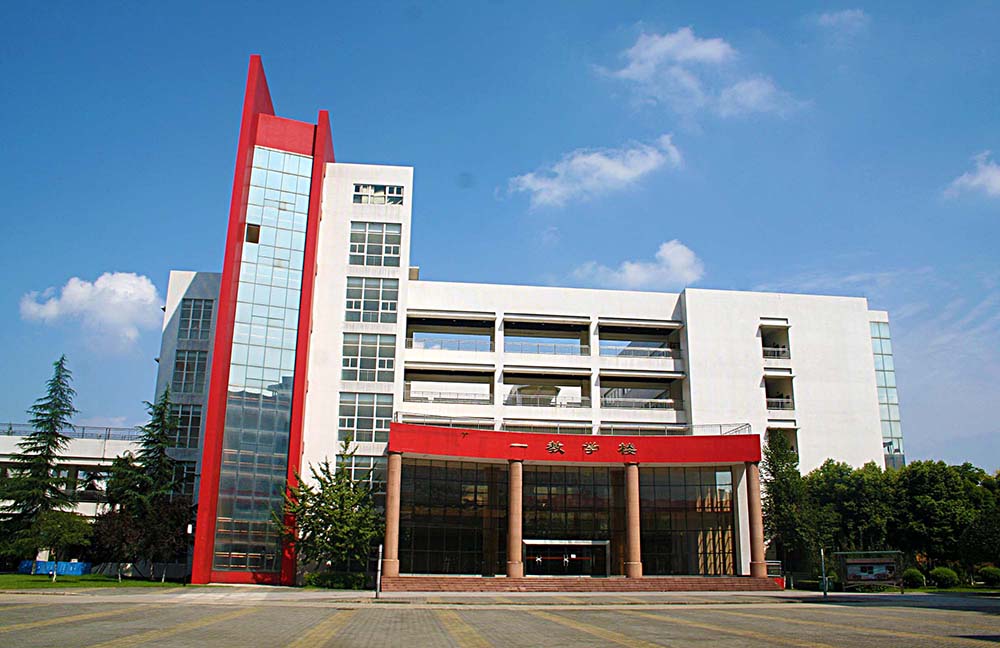
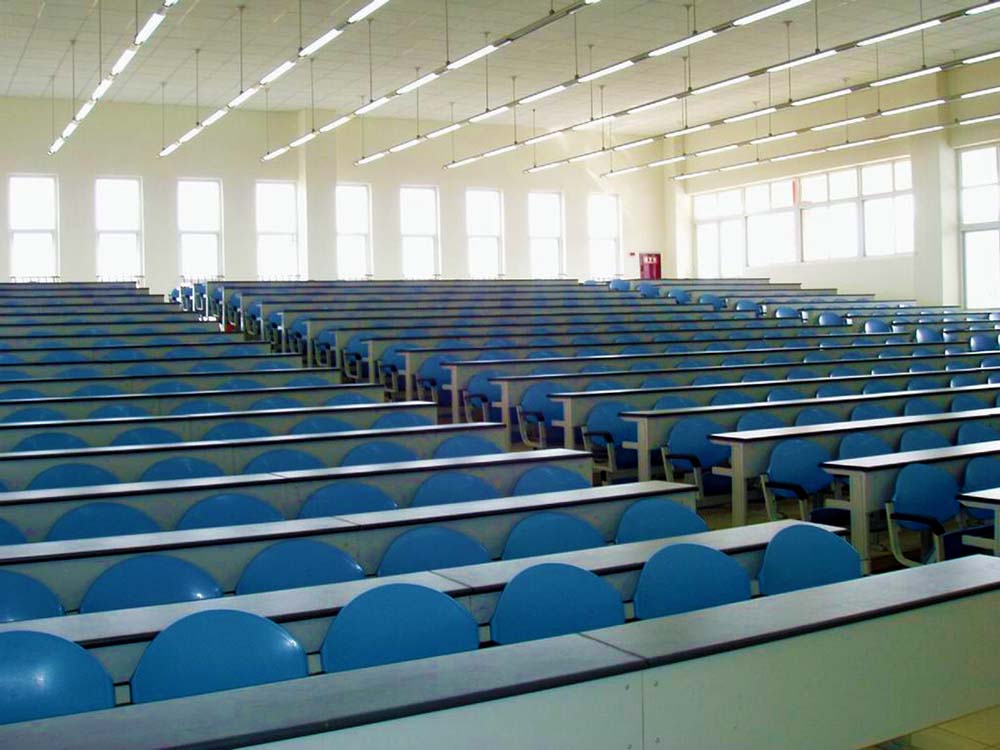

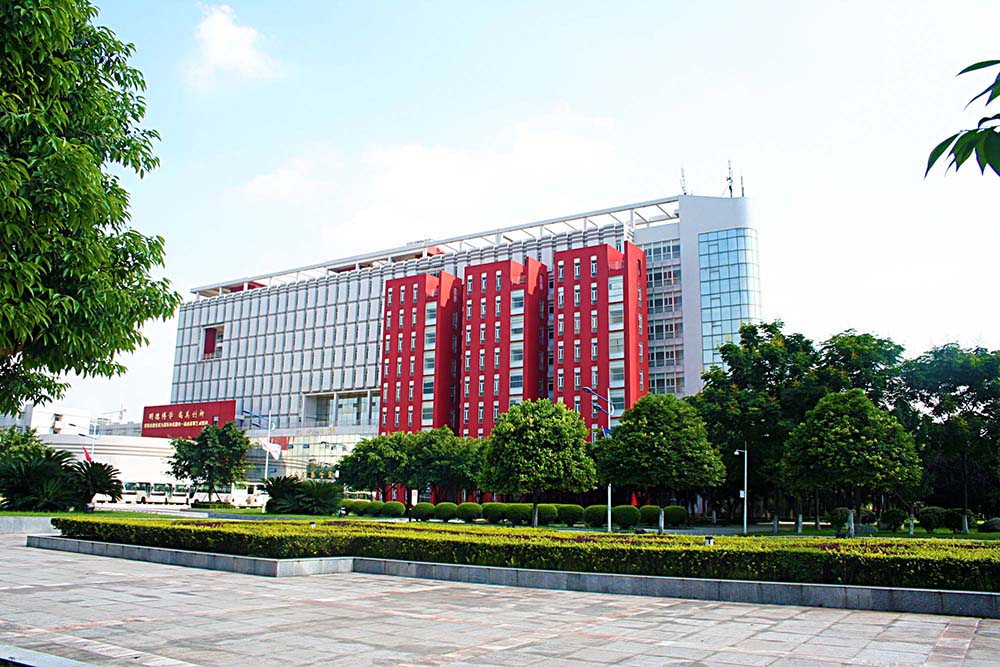
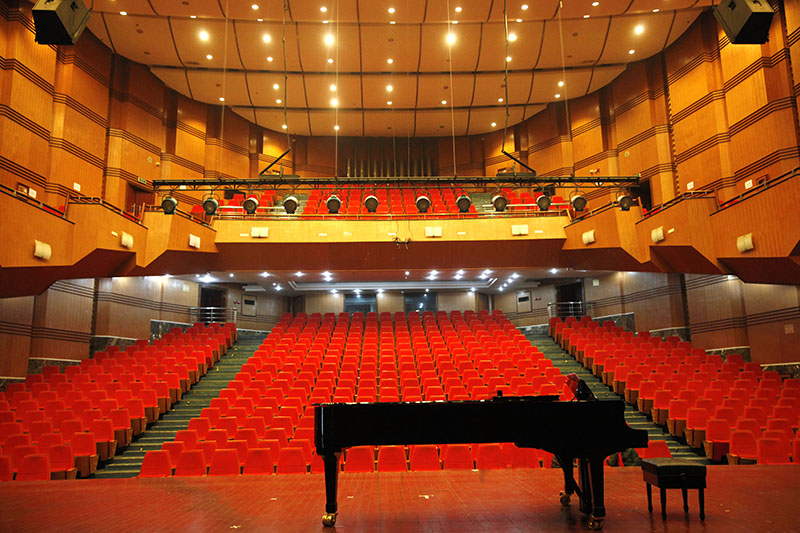
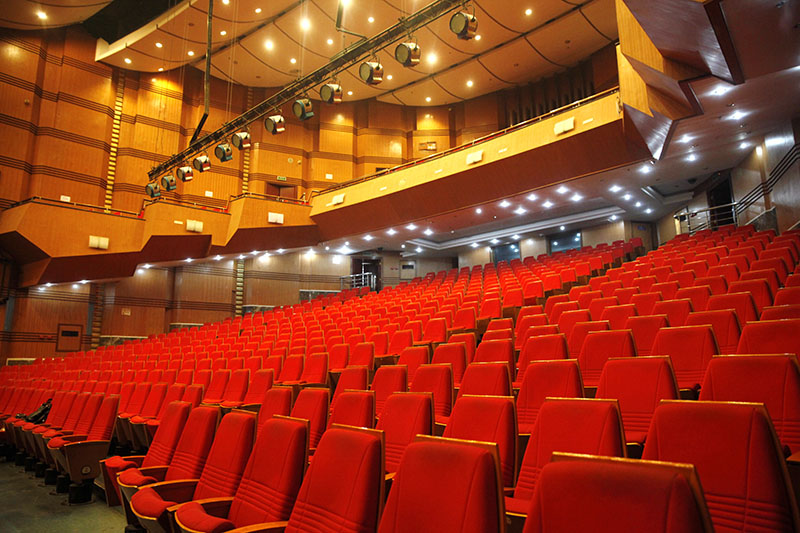
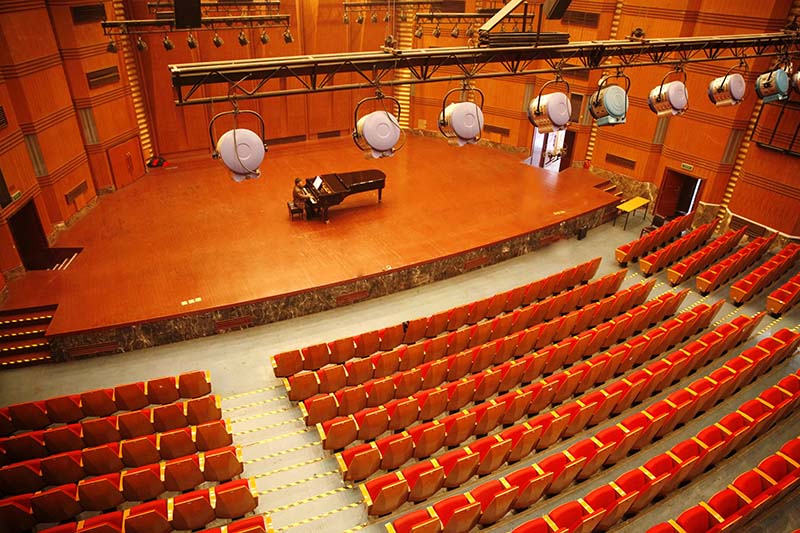
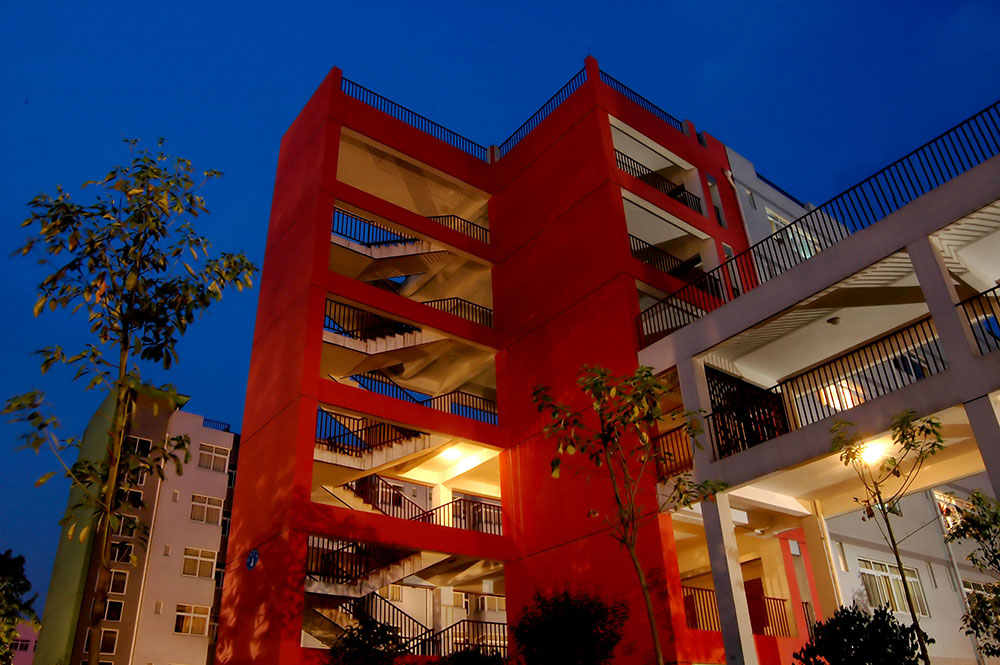
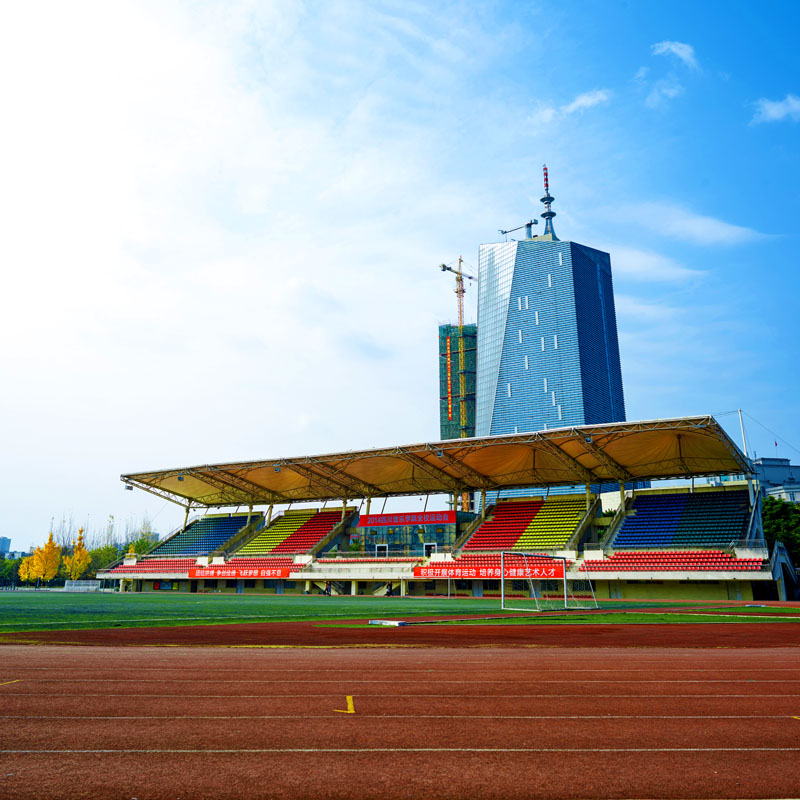
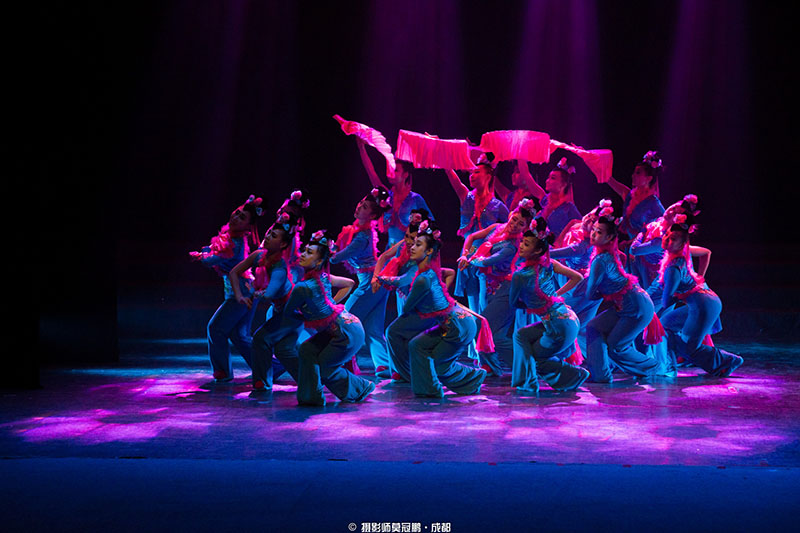
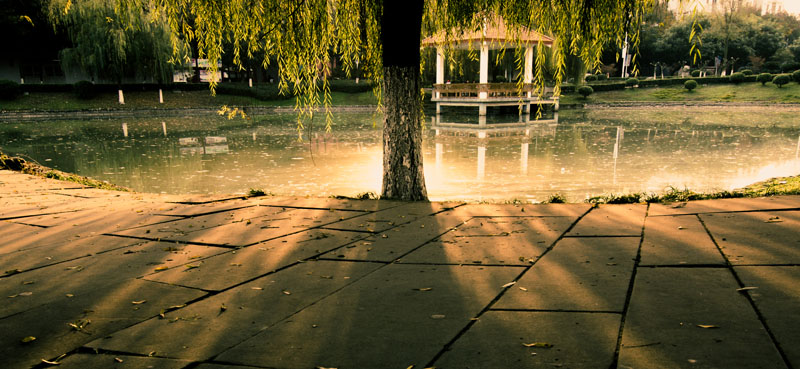
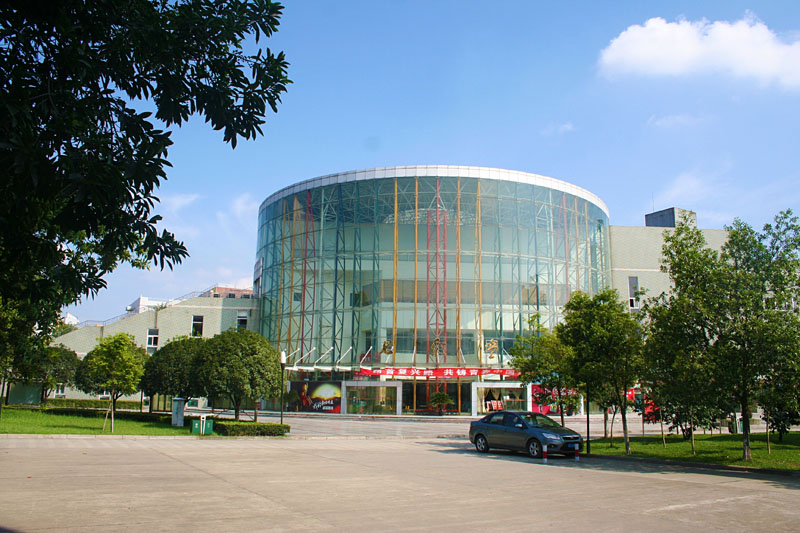
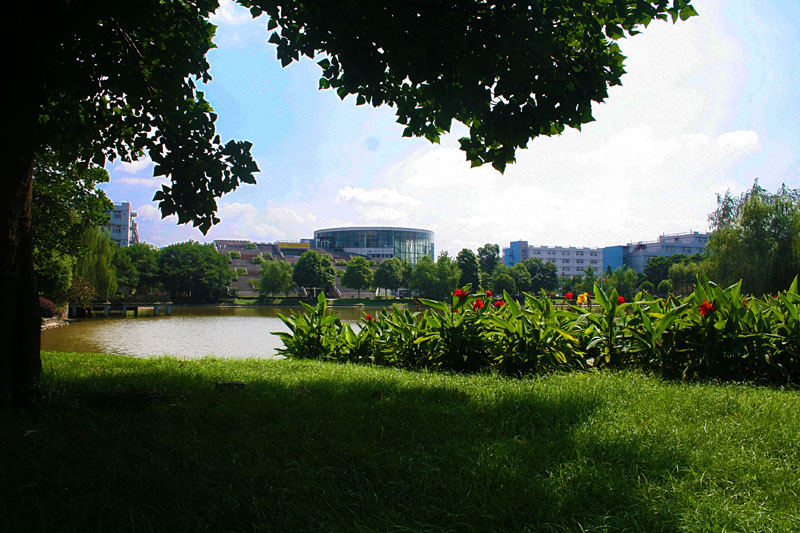
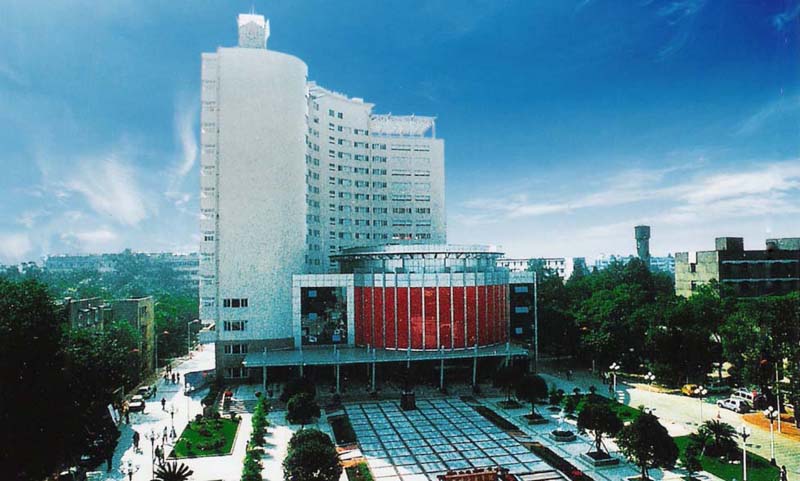
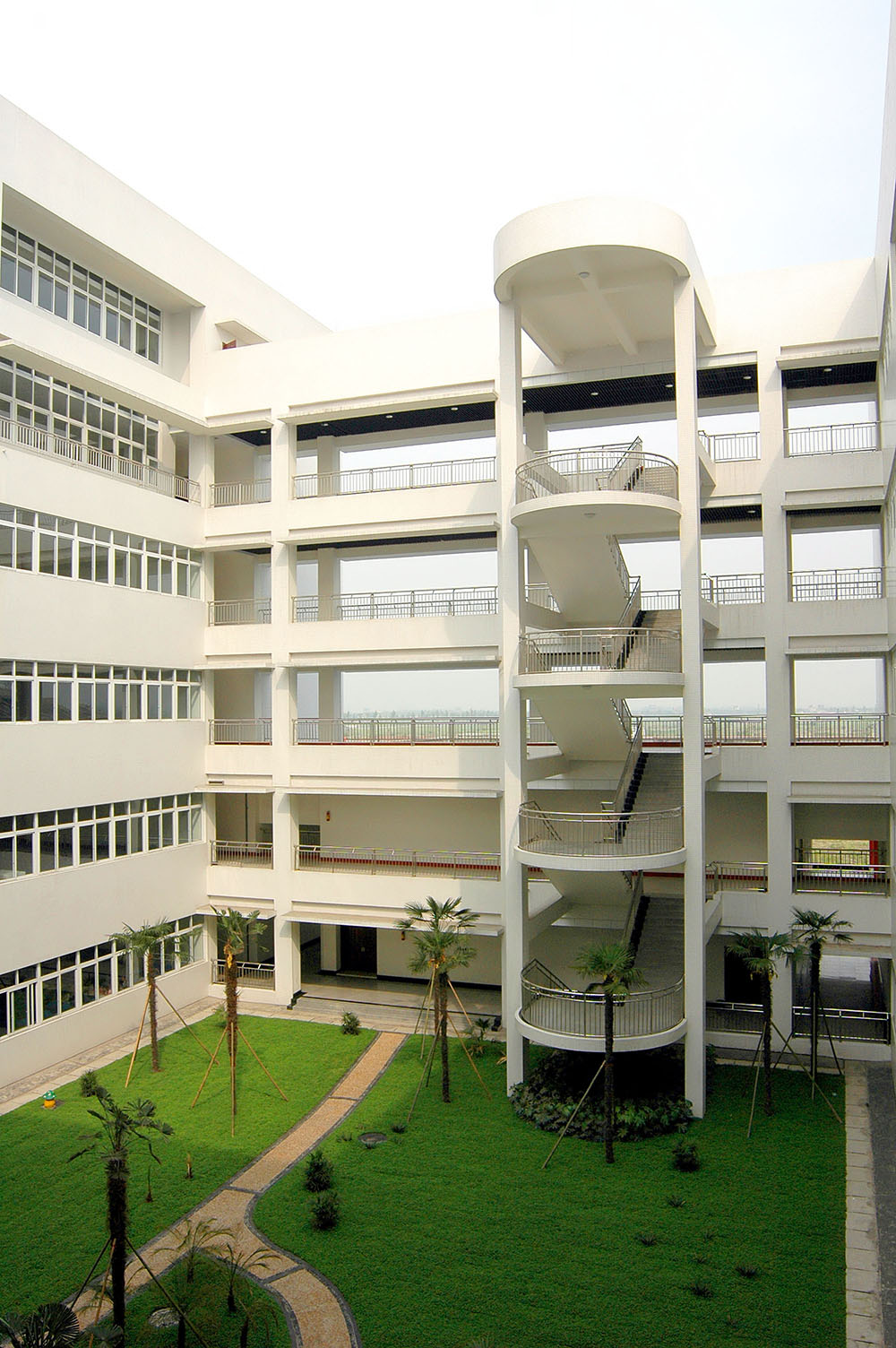
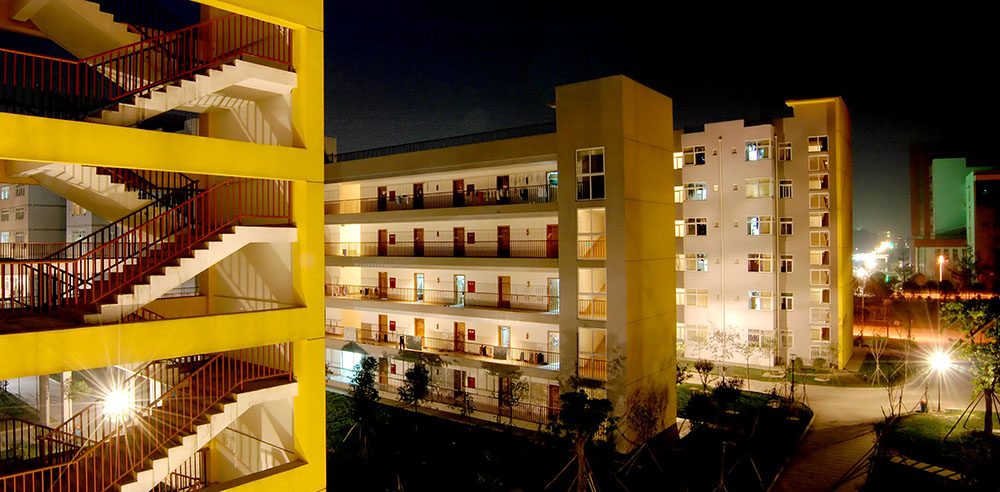

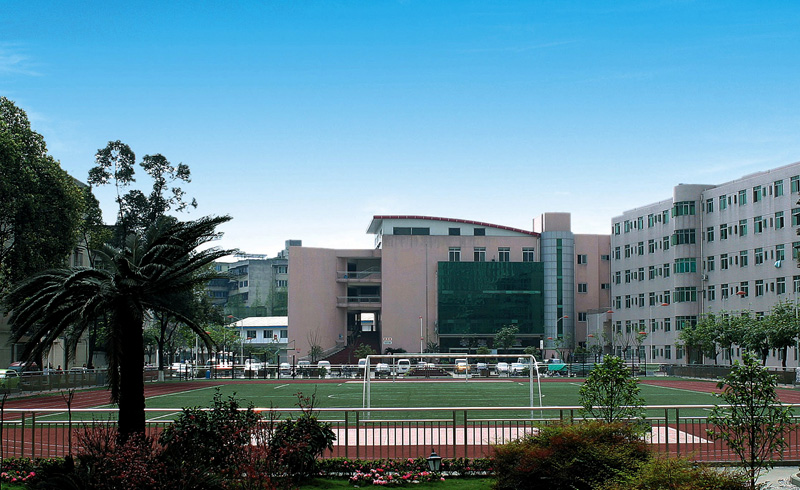
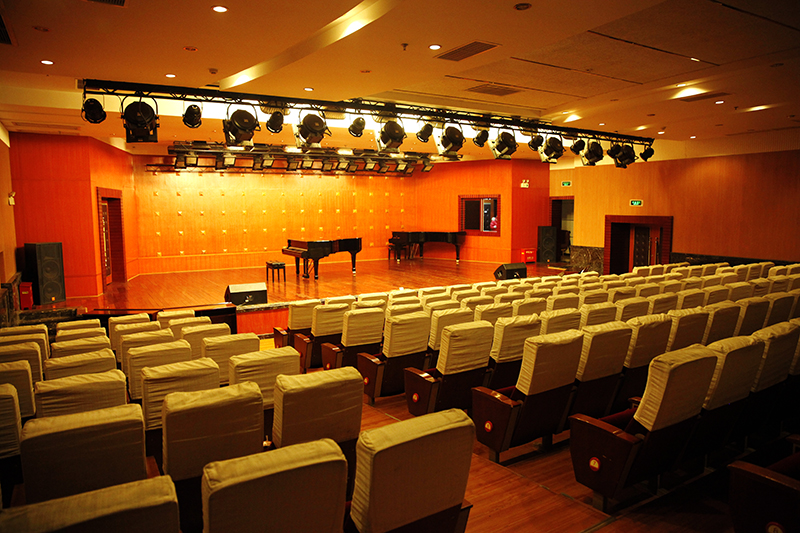
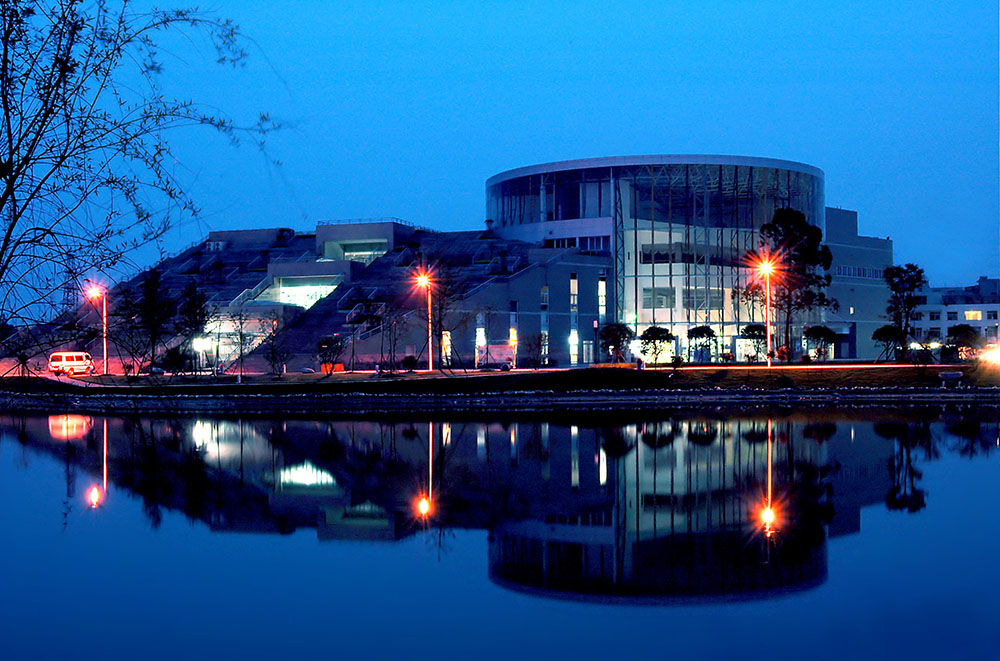
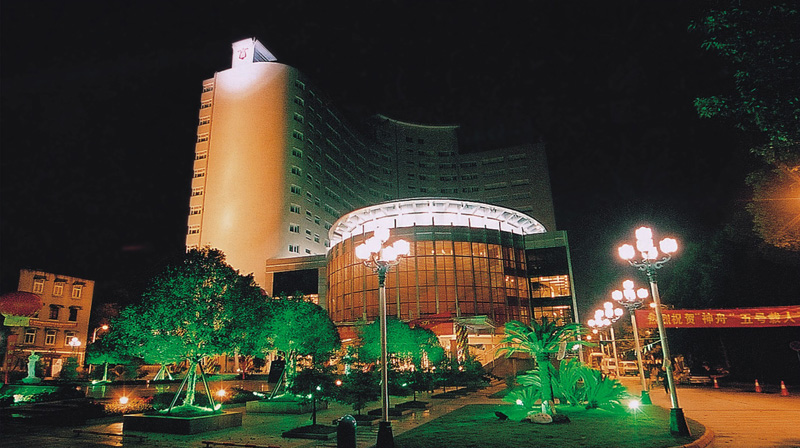
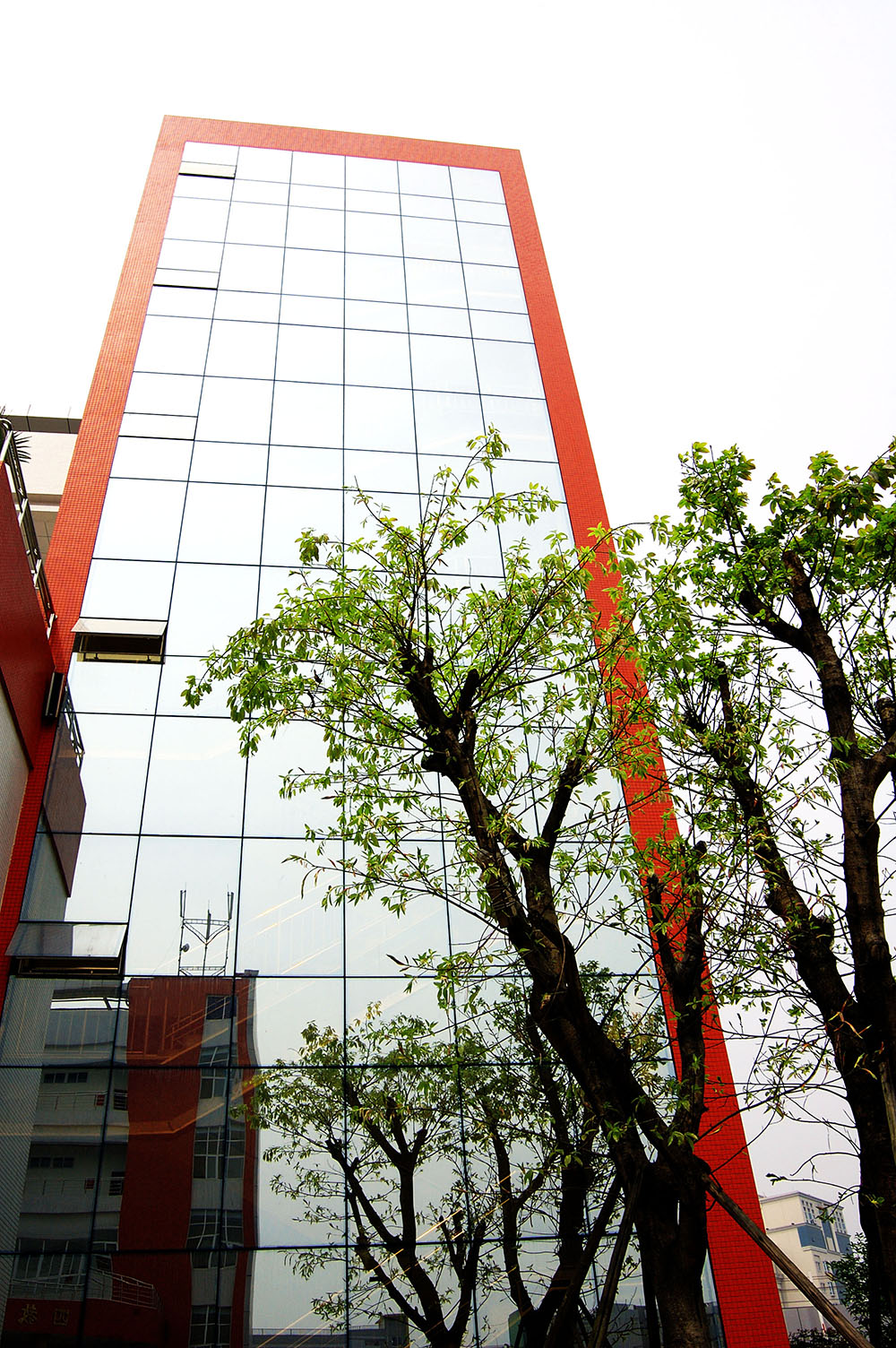

-
1.Shigu Academy
Shigu Academy, located in Shigu Mountain, Shigu District, Hengyang City, an important city in central and southern Hunan Province, is the birthplace of Huxiang
Time 2019-02-08 -
2.Legend of Cao Xueqin
The legend of Cao Xueqin refers to the story that the common people in the place where Cao Xueqin lived in his later years respected him and processed his deeds into a story.
Time 2019-04-15 -
3.Firing Techniques of Fengxi Porcelain
Fengxi Porcelain Firing Technology, a local traditional technology in Fengxi District, Chaozhou City, Guangdong Province, is one of the national intangible cultural heritage.
Time 2019-04-29 -
4.Longyan tea lamp
Longyan tea-picking lamp, also known as tea-picking and butterfly-beating, is a popular folk dance and singing in Longyan city and countryside. It integrates rap, opera and dance into a comprehensive
Time 2019-05-14 -
5.Firing Techniques of Ru Porcelain
On May 23, 2011, the firing technique of Ru Porcelain was approved by the State Council of the People's Republic of China and listed in the third batch of national intangible cultural heritage, the he
Time 2019-06-11 -
6.Tao Zhugong Legend
Tao Zhugong's legend originated from Dingtao, Shandong Province, and is widely spread among Chinese people and Chinese businessmen in the world. It has a history of more than 2500 years. Tao Zhugong,
Time 2019-06-18 -
7.ivory carving
Ivory carving refers to the carving process and its products with ivory as the material. It is an ancient Chinese traditional art, folk arts and crafts. Ivory is the strongest part of an elephant. It
Time 2019-07-06 -
8.Firing Techniques of Copper Official Ceramics in Changsha Kiln
Changsha kiln copper official ceramics firing technology, Hunan Province's traditional handicraft, one of the national intangible cultural heritage.
Time 2019-07-25 -
9.Cuisine Skills of Official Cuisine in Zhili
The culinary skill of official dishes in Zhili is a precious cultural heritage of Baoding ancient city. Since the Qing Dynasty and the Republic of China, official cuisine and cooking skills in Zhili h
Time 2019-07-25 -
10.Cao Mao
Cao Mao (241 November 15th - 260 June 2nd) Zi Yan, Pei County, Yuzhou City. Anhui Province Bozhou City People, the Three Kingdoms period the Wei state of the Three-Kingdoms Period The fourth emperors
Time 2019-09-15 -
11.Neijiang administrative division
Neijiang City governs 5 county-level administrative divisions (Municipal District 2, county-level city 1, county-2), and 83 township level administrative divisions (street 13, town 70). It covers an area of 5386 square kilometers and has a population of 4.27 million.
Time 2020-12-16 -
12.Dazhou environmental protection
In 2019, the afforestation area of Dazhou city is 11666.60 hectares, the forest area is 735300 hectares, and the forest coverage rate is 44.34%. The air, water and soil pollution prevention and control were carried out in depth. The air compliance rate
Time 2020-12-20